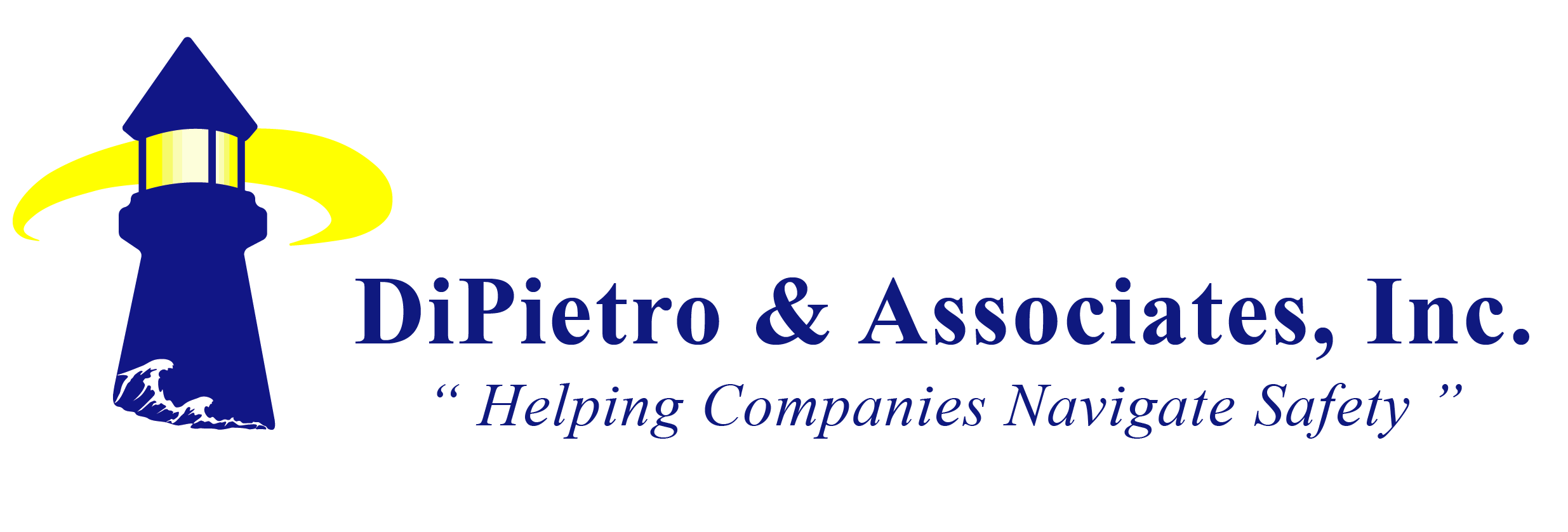Frequently Asked Questions
An automated external defibrillator (AED) is a portable medical device that analyzes a person’s heart rhythm, and when indicated, will deliver an electrical shock to restore normal heart rhythm.
You do not necessarily have to be trained to use an AED depending on your job title and/or industry, though we highly recommend it to everyone. While AEDs are designed to be easy for the lay responder to use, having formal training on operating the device, in addition to CPR (Cardiopulmonary resuscitation) training can greatly improve overall quality of care and patient outcomes.
Your AED is safe to touch. The AED will only deliver a shock if the electrode pads are applied to a bare chest AND a shockable heart rhythm is detected. You cannot shock yourself or someone else by accident. During a active rescue with an AED, be sure to follow the AED’s prompts to “not touch the patient” and “stand clear” during the delivery of a shock.
Your AED will beep or chirp if it fails its automatic self-check for any reason. The reason could be anything from disconnected electrode pads, low batteries, to internal circuit or software problems. Please contact us directly for troubleshooting the AED.
Your AED will display a red “X”, or blink red, in the indication window if it fails its automatic self-check for any reason. The reason could be anything from disconnected electrode pads, low batteries, to internal circuit problems. Please contact us directly for troubleshooting the AED.
Absolutely! Please contact us for special pricing that may not be advertised.
The date that is printed on the batteries is the “install before” date. This means that the batteries must be disposed of when they are not installed into an AED prior to that date. Upon installation, the batteries have a shelf life of about 5 years. Please see our Video “Setup and Maintenance” to see how to properly install new batteries so that the 5 year timer is reset.
The electrode pads have expiration dates printed on them, and they should be disposed of before the expiration dates is exceeded. The installed batteries have an install life of 5 years. They should be replaced before exceeding 5 years of installation or if the AED voice prompts, “Batteries Low”.
See our AED Program Management (AED Navigator) for information on tracking AED Maintenance easily and efficiently.
If your AED is in a ready to use status, it will display a green check mark or blinking green light in the indication window, located on the front of the AED.
Expired electrode pads can be disposed of safely in the trash. AED batteries should be recycled according to your local recycling center guidelines for Lithium Metal batteries.
Yes, the batteries should always be installed in the AED at all times. Along with the pads, batteries should always be installed so that no second is wasted in the case of an emergency. Response time to SCA is crucial to survivability.
None of the AED cabinets sold by DiPietro & Associates, Inc. lock. The cabinets will come with keys which will turn the alarm on/off prior to opening the cabinet door.
The greatest chance of survival from sudden cardiac arrest is when the first shock from an AED is delivered to the victim within 3 minutes of the arrest. This means that you should have as many AEDs strategically located throughout your facility to ensure “drop to shock” is no longer than 3 minutes, no matter where in your facility a person could be located when experiencing a sudden cardiac arrest. We would be happy to help you determine the appropriate number and location of AEDs, just contact us!

Still Have Questions?
Consider our AED Navigator Program Management
DiPietro & Associates, Inc. is an authorized AED distributor, program management provider, and ASHI Training Center. Feel free to give us a call or email, to further discuss your questions or concerns.
Frequently Asked Questions
An automated external defibrillator (AED) is a portable medical device that analyzes a person’s heart rhythm, and when indicated, will deliver an electrical shock to restore normal heart rhythm.
You do not necessarily have to be trained to use an AED depending on your job title and/or industry, though we highly recommend it to everyone. While AEDs are designed to be easy for the lay responder to use, having formal training on operating the device, in addition to CPR (Cardiopulmonary resuscitation) training can greatly improve overall quality of care and patient outcomes.
Your AED is safe to touch. The AED will only deliver a shock if the electrode pads are applied to a bare chest AND a shockable heart rhythm is detected. You cannot shock yourself or someone else by accident. During a active rescue with an AED, be sure to follow the AED’s prompts to “not touch the patient” and “stand clear” during the delivery of a shock.
Your AED will beep or chirp if it fails its automatic self-check for any reason. The reason could be anything from disconnected electrode pads, low batteries, to internal circuit or software problems. Please contact us directly for troubleshooting the AED.
Your AED will display a red “X”, or blink red, in the indication window if it fails its automatic self-check for any reason. The reason could be anything from disconnected electrode pads, low batteries, to internal circuit problems. Please contact us directly for troubleshooting the AED.
Absolutely! Please contact us for special pricing that may not be advertised.
The date that is printed on the batteries is the “install before” date. This means that the batteries must be disposed of when they are not installed into an AED prior to that date. Upon installation, the batteries have a shelf life of about 5 years. Please see our Video “Setup and Maintenance” to see how to properly install new batteries so that the 5 year timer is reset.
The electrode pads have expiration dates printed on them, and they should be disposed of before the expiration dates is exceeded. The installed batteries have an install life of 5 years. They should be replaced before exceeding 5 years of installation or if the AED voice prompts, “Batteries Low”.
See our AED Program Management (AED Navigator) for information on tracking AED Maintenance easily and efficiently.
If your AED is in a ready to use status, it will display a green check mark or blinking green light in the indication window, located on the front of the AED.
Expired electrode pads can be disposed of safely in the trash. AED batteries should be recycled according to your local recycling center guidelines for Lithium Metal batteries.
Yes, the batteries should always be installed in the AED at all times. Along with the pads, batteries should always be installed so that no second is wasted in the case of an emergency. Response time to SCA is crucial to survivability.
None of the AED cabinets sold by DiPietro & Associates, Inc. lock. The cabinets will come with keys which will turn the alarm on/off prior to opening the cabinet door.
The greatest chance of survival from sudden cardiac arrest is when the first shock from an AED is delivered to the victim within 3 minutes of the arrest. This means that you should have as many AEDs strategically located throughout your facility to ensure “drop to shock” is no longer than 3 minutes, no matter where in your facility a person could be located when experiencing a sudden cardiac arrest. We would be happy to help you determine the appropriate number and location of AEDs, just contact us!
Still Have Questions?
Consider our AED Navigator Program Management
DiPietro & Associates, Inc. is an authorized AED distributor, program management provider, and ASHI Training Center. Feel free to give us a call or email, to further discuss your questions or concerns.

